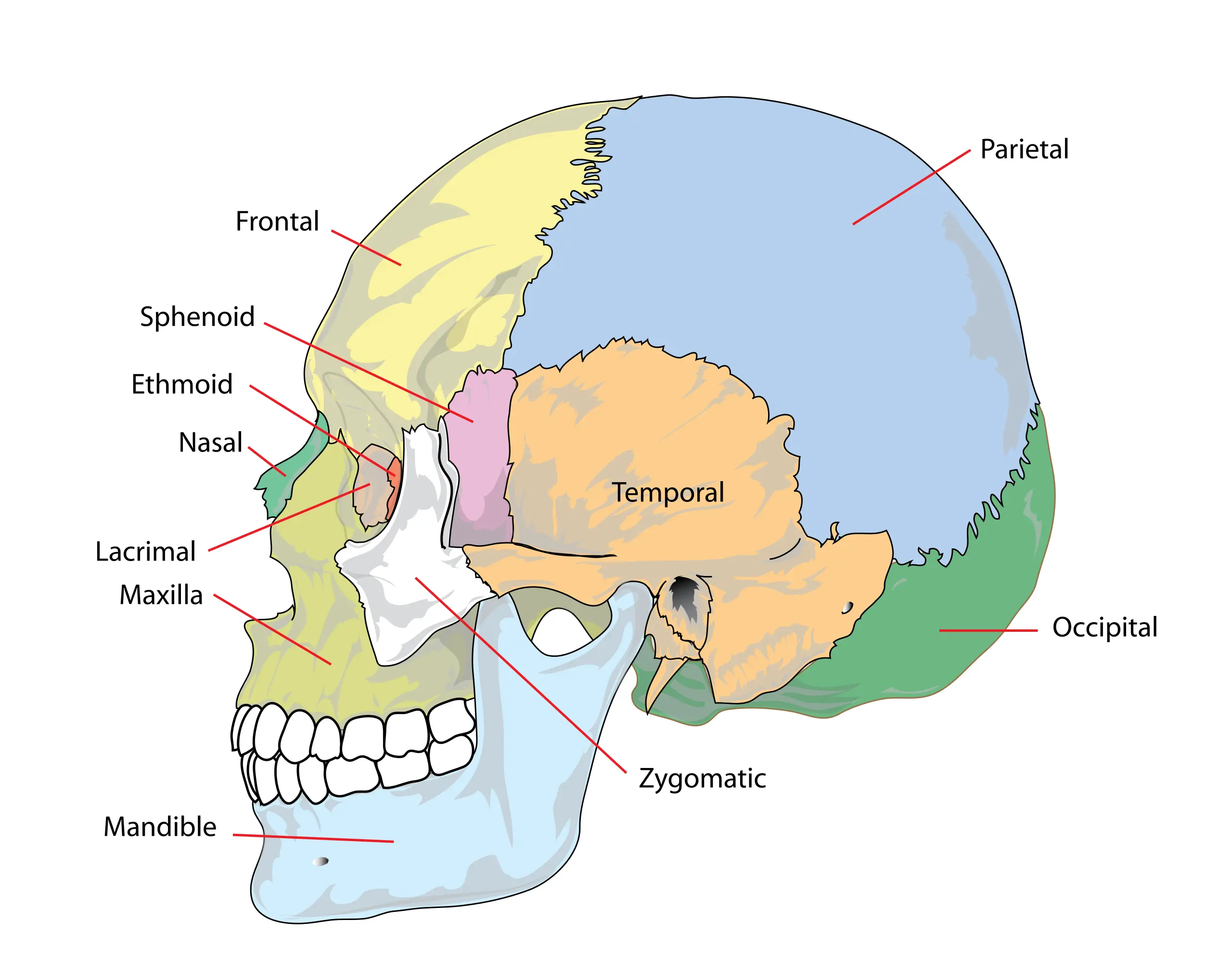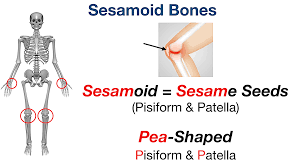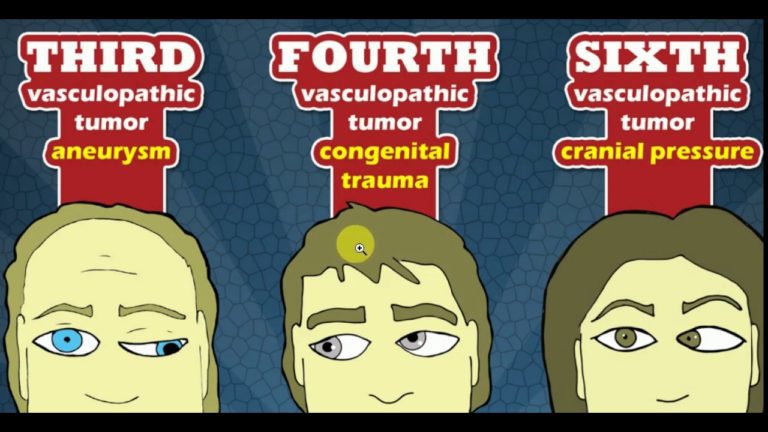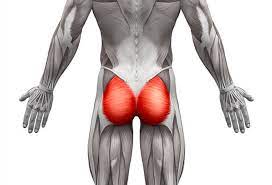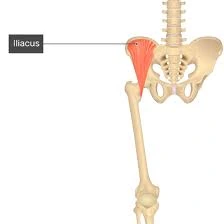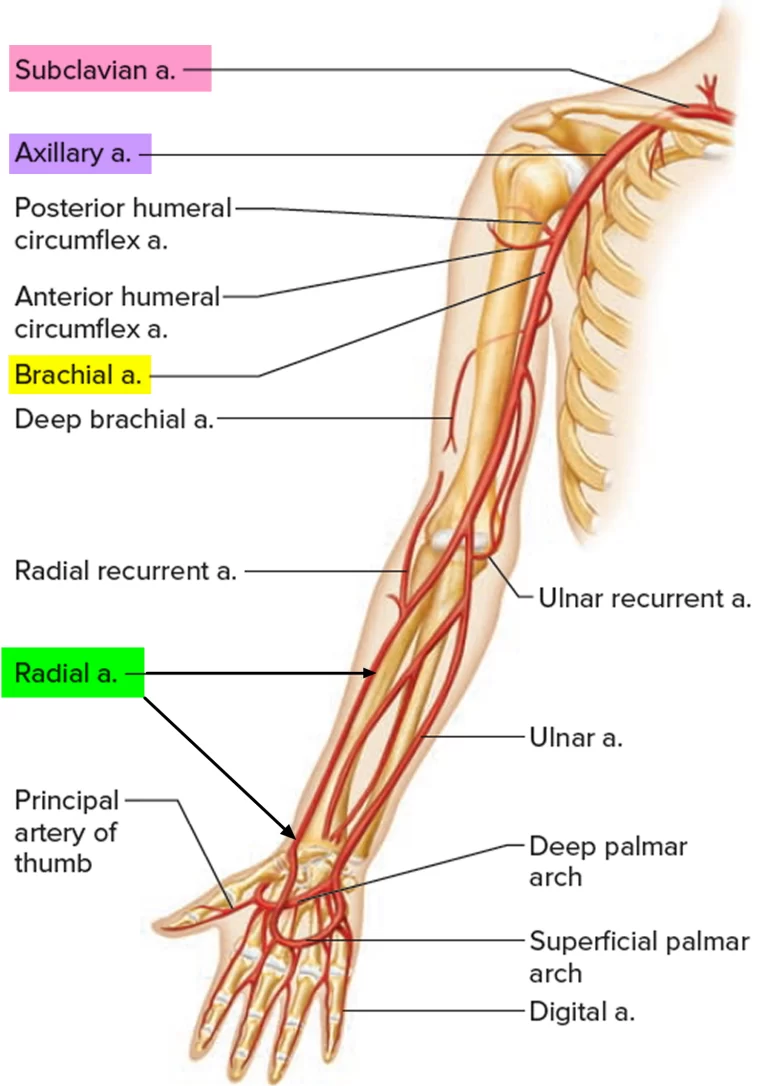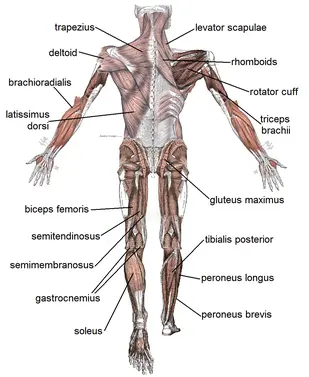Skull Bone
Table of Contents
Introduction
The skull is a bony structure that provides support to the face and creates a protective cavity for the brain. It contains many bones, which are created by intramembranous ossification, and connected by sutures (fibrous joints).
The skull bones can be divided into two groups:
The skull (which comprises the cranial roof and cranial base) is the first, and the face is the second.
The skull is an important component of the human body. The bones and cartilage that surround the brain and form the top of the head make up the human skull. There are several distinct bones connected to one another in the skull anatomy. Due to the complex structure and sensitivity of the brain, which requires many protections.
Parts of the skull
The skull has two main parts: the cranium and the face. The cranium is made up of eight bones that surround and protect the brain, while the face is made up of 14 bones that form the structure of the mouth, nose, and eyes.
The 8 bones that created the cranium are:
- Frontal bone: This bone forms the forehead and the upper part of the eye sockets.
- Parietal bones: These bones form the sides and roof of the cranium.
- Occipital bone: This bone forms the back of the skull and contains a large opening called the foramen magnum through which the spinal cord passes.
- Temporal bones: These bones form the sides of the skull and contain the ear canals.
- Sphenoid bone: This bone is located at the base of the skull and forms part of the eye sockets and the base of the brain.
- Ethmoid bone: This bone is located between the eyes and forms part of the nasal cavity.
- Cranial vault bones: These are two thin bones that make up the top of the skull.
- Cranial base bones: These are four bones that make up the bottom of the skull.
The 14 bones that created the face are:
- Maxilla: This bone forms the upper jaw and supports the teeth in the upper arch.
- Mandible: This bone forms the lower jaw and is the only movable bone in the skull.
- Nasal bones: it make up the bridge of the nose.
- Zygomatic bones: These bones form the cheekbones.
- Lacrimal bones: These bones are located near the tear ducts.
- Palatine bones: These bones form part of the roof of the mouth.
- Inferior nasal conchae: These bones are located in the nasal cavity and help to warm and humidify air as it enters the body.
Overall, each bone in the skull has a specific function and location that contributes to the overall structure and protection of the brain and facial features.
Functions of the skull
The skull serves several important functions, including:
- Protection of the brain: The cranium, which is made up of eight bones, surrounds and protects the brain from injury. The bones of the cranium are thick and strong, providing a barrier against external forces that could cause damage to the brain.
- Support of the face: The 14 bones that make up the face provide the structure and support for the mouth, nose, and eyes. These bones also play a role in chewing and speaking.
- Attachment of muscles: The skull provides attachment points for many of the muscles that control facial expressions, chewing, and head movement.
- Sensory functions: The skull contains several openings, such as the eye sockets, ear canals, and nasal cavity, that allow for sensory input such as vision, hearing, and smell.
- Blood vessel protection: The skull also protects important blood vessels that supply blood to the brain.
- Brain fluid circulation: The skull also plays a role in the circulation of cerebrospinal fluid (CSF), which helps to cushion and protect the brain from injury.
Overall, the skull is a complex structure that serves many important functions in the body. Its various bones and structures work together to protect and support the brain and facial features, while also allowing for important sensory input and movement.
Sutures of the skull
The suture of the skull is a fibrous joint that connects the various bones of the skull. These joints are important for the structural integrity of the skull and allow for slight movement during growth and development.
There are several types of sutures in the skull, each with its own unique characteristics and functions. The most common sutures include:
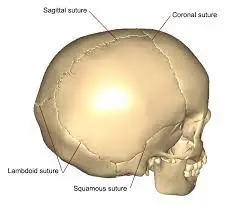
- Coronal suture: This suture connects the frontal bone to the parietal bones. It runs from one ear to the other, across the top of the skull.
- Sagittal suture: This suture runs along the midline of the skull, connecting the two parietal bones.
- Lambdoid suture: This suture connects the parietal bones to the occipital bone at the back of the skull.
- Squamous suture: This suture connects the temporal bone to the parietal bone on each side of the skull.
The sutures of the skull are made up of dense connective tissue that is rich in collagen fibers. This tissue is known as sutural ligament or cranial sutural tissue. The sutural ligament is different from other ligaments in the body because it is not attached to bones but instead connects two adjacent bones together.
During fetal development, the sutures of the skull are wider and more flexible, allowing for the growth and expansion of the brain. As a person ages, these sutures gradually fuse together, creating a solid, immovable skull.
However, in some cases, premature fusion of these sutures can result in a condition known as craniosynostosis. This condition can cause abnormal head shape and can affect brain development if left untreated.
In conclusion, sutures of the skull are important for maintaining the structural integrity of the skull and allowing for growth and development during fetal stages. Understanding their anatomy and function is crucial for diagnosing and treating conditions that affect the skull.
Blood supply
The blood supply to the skull bone is provided by several arteries that originate from the external and internal carotid arteries.
The external carotid artery branches into several arteries that supply the face, scalp, and meninges. These include the superficial temporal artery, which supplies the temporal region of the skull, and the occipital artery, which supplies the posterior aspect of the skull.
The internal carotid artery also provides blood supply to the skull bone through its branches, including the ophthalmic artery, which supplies the orbit and frontal region of the skull, and the middle cerebral artery, which supplies the lateral aspect of the skull.
In addition to these arteries, there are also small branches that arise from the vertebral arteries and supply the posterior aspect of the skull.
The blood supply to the skull bone is crucial for maintaining its structural integrity and providing nutrients to the bone cells. Any disruption in this blood supply can result in bone necrosis or osteomyelitis, which can lead to bone loss and deformities.
Therefore, it is important to understand the anatomy and function of these arteries in order to diagnose and treat conditions that affect the blood supply to the skull bone.
Conditions that affect the skull
There are several conditions that can affect the human skull, including:
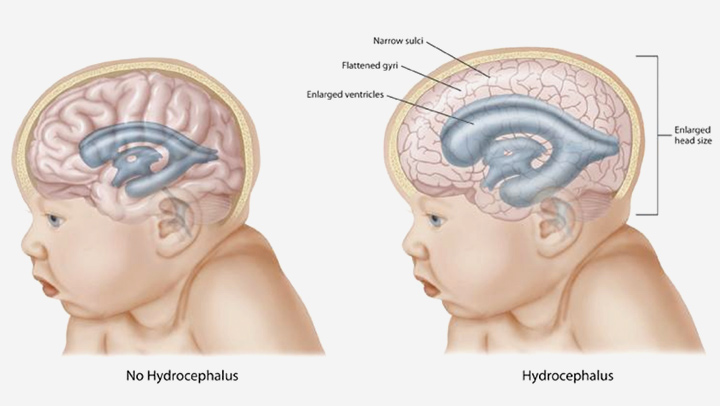
- Skull fractures: A skull fracture is a disturbance in one or more of the bones that create the skull. These fractures can be caused by trauma to the head, such as a car accident or a fall. Symptoms may include headache, dizziness, nausea, and bleeding from the ears or nose.
- Craniosynostosis: Craniosynostosis is a condition in which the sutures (the joints between the bones) of the skull fuse too early, causing abnormal head shape and potential brain development issues. Treatment is surgery to correct the abnormality.
- Hydrocephalus: Hydrocephalus is a condition in which there is an excess of cerebrospinal fluid (CSF) in the brain, causing pressure on the brain and potential damage. Symptoms may include headache, nausea, vomiting, and cognitive impairment. Treatment may include surgery to drain the extra fluid.
- Skull tumors: Tumors that originate in the skull or spread to the skull from other parts of the body can cause pain, swelling, and neurological symptoms. Treatment may include radiation therapy, surgery, or chemotherapy.
- Temporomandibular joint disorder (TMJ): TMJ is a condition that affects the joint that connects the jawbone to the skull. Symptoms may include jaw pain, clicking or popping sounds when opening or closing the mouth, and difficulty chewing. Treatment is physiotherapy, medicine, or surgery.
- Osteoporosis: Osteoporosis is a condition in which bones become weak and brittle due to loss of calcium and other minerals. This can affect the bones of the skull as well as other bones in the body. Treatment may involve medications to slow bone loss and promote bone growth.
Overall, conditions that affect the human skull can range from minor to life-threatening and may require various forms of treatment depending on the severity and underlying cause.
Summary
The human skull is made up of 22 bones that are divided into two main parts: the cranial bones and the facial bones. The cranial bones involve the frontal bone, temporal bone, sphenoid bone, parietal bone, occipital bone, and ethmoid bone. The facial bones include the maxilla bones, zygomatic bones, nasal bones, lacrimal bones, palatine bones, inferior nasal conchae bones, and mandible bones. Each bone has its own unique shape, size, and function that work together to protect the brain and support various facial features.
FAQs
The human skull is created with a total of 22 bones.
The two main parts of the human skull are the cranial bones and the facial bones.
The cranial bones include the frontal bone, temporal bone, sphenoid bone, parietal bone, occipital bone, and ethmoid bone.
The facial bones include the maxilla bones, zygomatic bones, nasal bones, lacrimal bones, palatine bones, inferior nasal conchae bones, and mandible bones.
The human skull protects the brain and supports various facial features.
No, each bone in the human skull has its own unique shape, size, and function.

